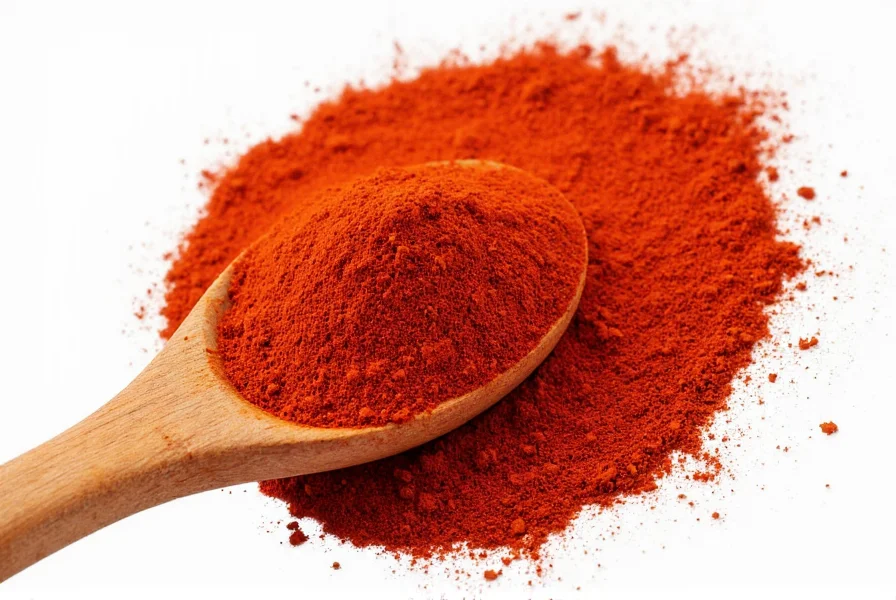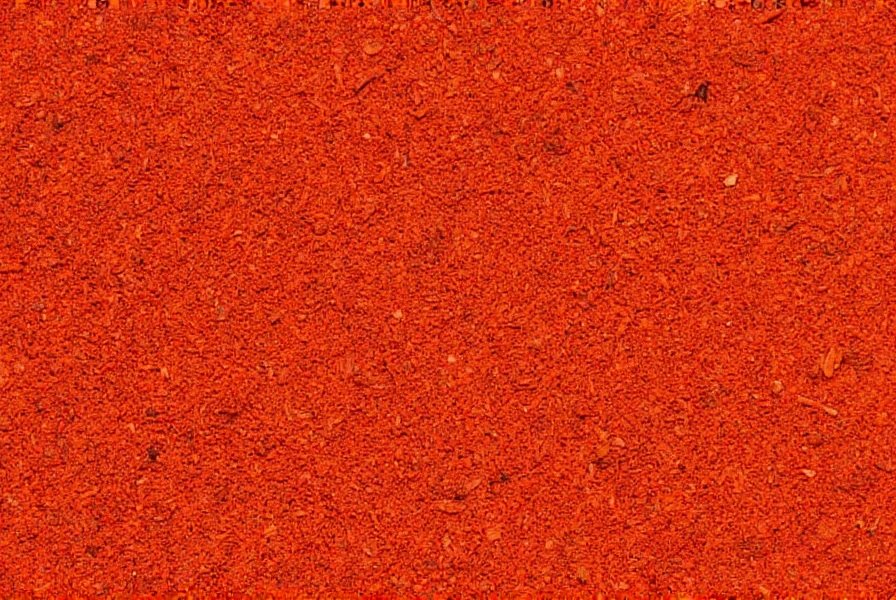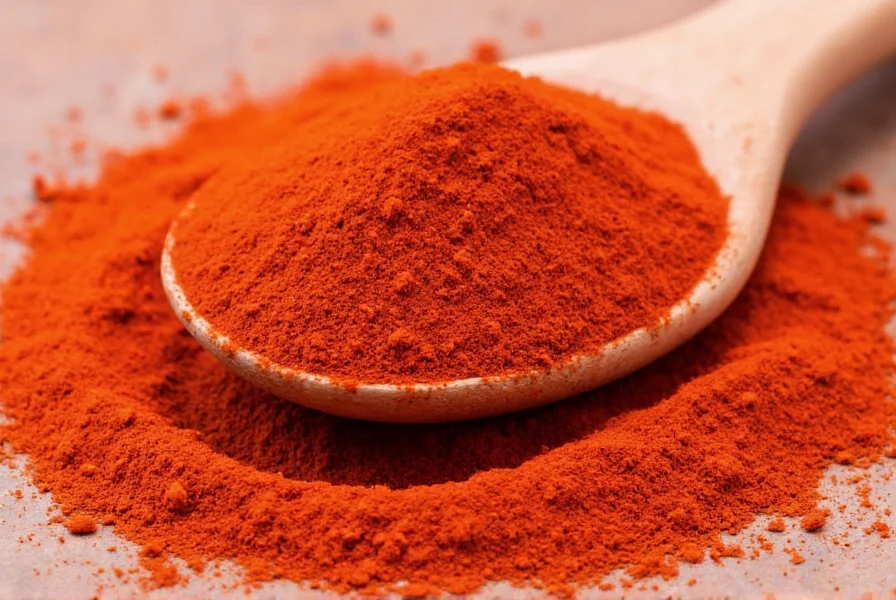When you search for paprika is, you're likely seeking clarity about this versatile spice that adds both color and flavor to dishes worldwide. Understanding what paprika is requires examining its origins, varieties, and culinary applications.
What Exactly Is Paprika?
Paprika is a ground spice created from dried peppers belonging to the Capsicum annuum family. Unlike chili powder blends common in North America, authentic paprika contains only peppers—no additional spices. The specific pepper varieties used determine paprika's flavor profile, color intensity, and heat level.
Originating in Central America, peppers traveled to Europe via Spanish explorers in the 16th century. Hungary transformed paprika into a national staple, developing distinctive cultivation and processing methods that continue today. Spanish paprika production followed, introducing smoked varieties through traditional oak-wood drying techniques.

Major Paprika Varieties Explained
Not all paprika is created equal. The differences between paprika types significantly impact cooking results:
| Type | Origin | Flavor Profile | Heat Level | Best Uses |
|---|---|---|---|---|
| Sweet Hungarian | Hungary | Fruity, slightly sweet | Mild (0-500 SHU) | Goulash, chicken paprikash, deviled eggs |
| Smoked Spanish | Spain (La Vera region) | Deeply smoky, earthy | Mild to medium (500-2,500 SHU) | Paella, roasted vegetables, barbecue rubs |
| Hot Hungarian | Hungary | Peppery, sharp | Hot (5,000-15,000 SHU) | Spicy stews, meat marinades |
| Sweet Spanish | Spain | Mildly sweet, floral | Mild (100-500 SHU) | Rice dishes, sauces, garnishes |
Understanding Paprika's Flavor Spectrum
When exploring what paprika is made from, it's essential to recognize that processing methods dramatically affect flavor. Hungarian paprika typically uses sun-dried peppers ground immediately after harvest, preserving bright fruit notes. Spanish smoked paprika (pimentón) undergoes slow smoking over oak fires for days, creating complex smoky characteristics.
Many home cooks wonder is paprika spicy? The answer varies significantly by type. Sweet paprika registers minimal heat (0-500 Scoville units), while hot varieties can reach 15,000 units. For reference, jalapeños range from 2,500-8,000 Scoville units. The misconception that all paprika is hot stems from confusing it with generic "chili powder" blends.
Culinary Applications and Pairing Suggestions
Professional chefs leverage paprika's versatility across multiple applications:
- Color enhancement: A pinch added at the end of cooking preserves vibrant red hue without altering flavor
- Flavor foundation: Blooming in oil at cooking's start develops deeper flavor notes
- Meat rubs: Combines beautifully with garlic powder, onion powder, and black pepper
- Sauces and soups: Essential in Hungarian goulash, Spanish romesco, and Middle Eastern muhammara
When considering what is smoked paprika used for, look to dishes benefiting from wood-fired notes—think paella, roasted root vegetables, or even chocolate desserts where its smokiness creates intriguing complexity.
Nutritional Profile and Potential Health Benefits
Beyond its culinary value, paprika offers notable nutritional benefits. Just one tablespoon (6g) provides:
- 66% of your daily vitamin A needs (as beta-carotene)
- 8% of daily vitamin E requirements
- Antioxidants including capsanthin and capsorubin
- Trace amounts of vitamin B6 and iron
Research suggests these compounds may support eye health, reduce inflammation, and provide antioxidant protection. Unlike many processed spices, high-quality paprika retains these nutrients when stored properly away from light and heat.
Proper Storage Techniques for Maximum Freshness
Many home cooks don't realize that paprika is susceptible to rapid flavor degradation when exposed to environmental factors. For optimal shelf life:
- Store in an airtight container away from light
- Keep in a cool, dark cupboard (not above the stove)
- Refrigerate for long-term storage (6+ months)
- Check freshness by aroma—fresh paprika has a vibrant, peppery scent
Ground spices generally maintain peak quality for 6-12 months. When paprika loses its vivid red color or develops a musty smell, it's time for replacement. Buying whole dried peppers and grinding as needed preserves maximum flavor and nutritional value.

Common Substitutes When Paprika Isn't Available
If you're wondering what can I use instead of paprika, consider these alternatives based on your recipe's needs:
- For color: Tomato paste diluted with water or a pinch of beet powder
- For mild flavor: Sweet red bell pepper flakes or Aleppo pepper
- For smokiness: Chipotle powder (use sparingly—it's much hotter)
- For heat: Cayenne pepper (reduce quantity by 50-75%)
Remember that substitutes never perfectly replicate paprika's unique profile. When possible, seek authentic paprika from specialty spice retailers who maintain proper storage conditions and provide harvest dates.
Frequently Asked Questions
Is paprika the same as chili powder?
No, paprika and chili powder differ significantly. Paprika contains only ground peppers, while North American chili powder blends typically include cumin, garlic powder, and other spices. Hungarian and Spanish paprika varieties never contain additional ingredients.
Can paprika go bad?
Paprika doesn't spoil but loses potency over time. Properly stored in an airtight container away from light, it maintains peak quality for 6-12 months. Discard if it develops a musty smell, loses vibrant color, or shows signs of moisture.
Is paprika safe for people with nightshade allergies?
No, paprika is made from peppers which belong to the nightshade family. Individuals with nightshade sensitivities should avoid paprika and seek alternatives like annatto or turmeric for color, and non-nightshade spices for flavor.
What gives paprika its red color?
Paprika's vibrant red color comes from carotenoid pigments, primarily capsanthin and capsorubin. These natural compounds also provide antioxidant benefits and convert to vitamin A in the body.
How can I tell if paprika is sweet or hot?
Check the label for specific designations: "dulce" (sweet), "agridulce" (bittersweet), or "picante" (hot) in Spanish varieties; "édesnemes" (sweet), "különleges" (special), or "erős" (hot) in Hungarian varieties. When in doubt, smell the paprika—sweet varieties have fruity notes while hot versions emit sharper aromas.











 浙公网安备
33010002000092号
浙公网安备
33010002000092号 浙B2-20120091-4
浙B2-20120091-4